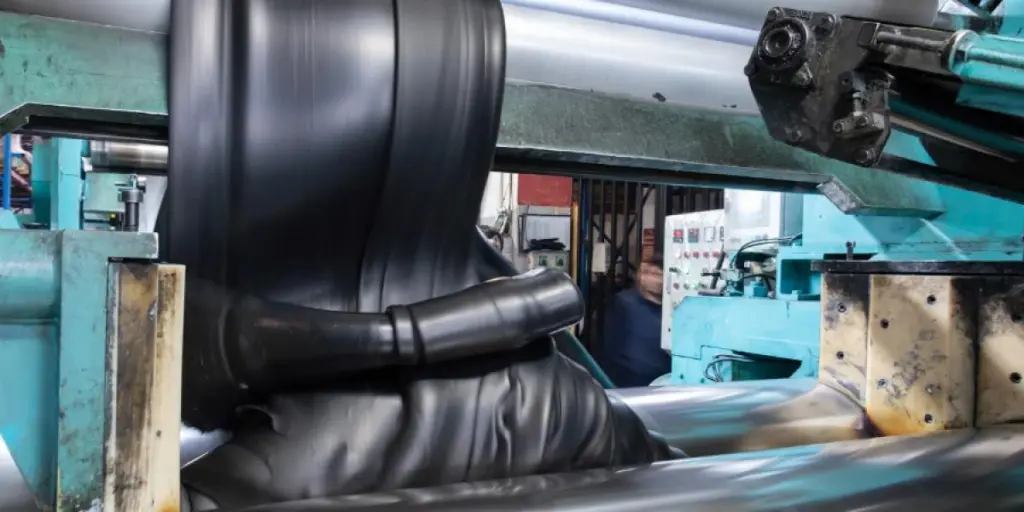According to the Environmental Protection Agency (EPA), about 9.2 million tons of rubber and leather were generated in the United States in 2018 alone. However, only 18.2% was recycled in the same year. This means there’s room for firms to enter this market and help boost the reuse of these valuable materials.
If this sounds like an opportunity you’d be interested in, and you’re in the market for rubber recycling machinery for your business, then it is essential to understand the practice’s background and what factors to look out for.
This article explores selection tips for purchasing rubber recycling machinery, and offers reviews of the different types of these machines available on the market today.
Table of Contents
Overview of the rubber recycling machine industry
6 selection tips for rubber recycling machinery
Types of rubber recycling machinery
Conclusion
Overview of the rubber recycling machine industry
The market size of the rubber recycling sector was estimated to be US $27.21 billion in 2022. It is projected to grow with a compound annual growth rate (CAGR) of 5.4% from 2023 to 2030.
The main driving factor behind this industry’s growth is the push toward environmental conservation. Several organizations have adopted environmental-friendly practices to reduce the inorganic waste disposed of in landfills.
This has led to increased efforts to recycle rubber waste. Businesses have welcomed the practice as it also yields profits when waste rubber is converted to new rubber products or fuel. The benefits of this process include the following:
- Reducing the amount of rubber that ends up in landfills
- Conserving energy since less energy is used to recycle rubber than produce new rubber
- Decreasing the strain on natural resources as fewer materials are collected to produce new rubber
Regarding market share and size, North America leads in the rubber recycling business and is projected to maintain its position in the coming years. The Asia-Pacific and European regions are also big industry players whose forecasts predict growth in coming years.
6 selection tips for rubber recycling machines
Ease of operation
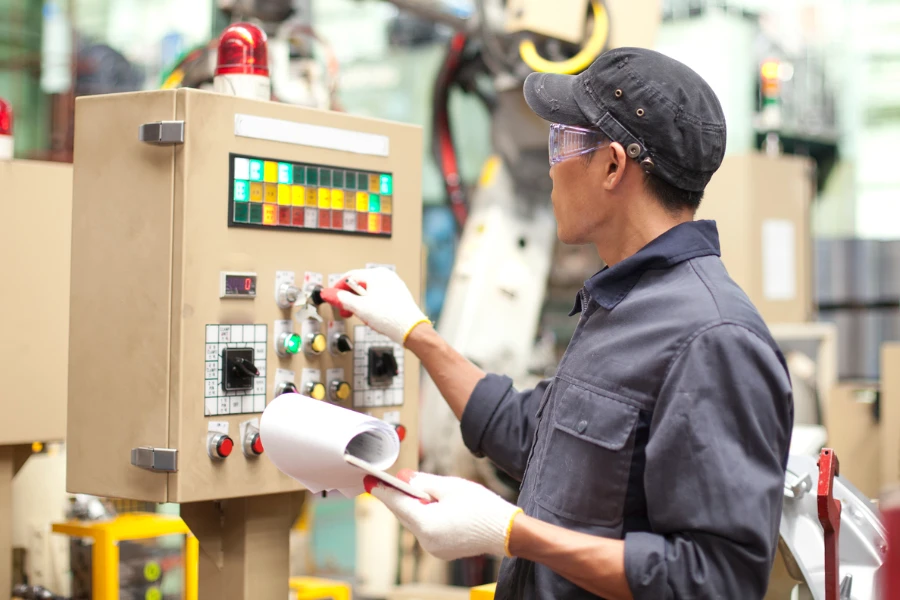
When choosing a rubber recycling machine, ease of use is crucial. The machine’s ease of use will help businesses save time and decrease specialized training requirements.
As a result, efficiency may be increased, downtime may be decreased, and maintenance and training expenses may be cut. Look for a machine with simple controls, clear and concise instructions, and an easy-to-use interface to ensure simplicity.
Businesses should also consider the manufacturer’s level of technical support and the accessibility of replacement components in the event of malfunctions or breakdowns. Long-term advantages for your recycling operation might come from a simple machine to use and maintain.
Machine capacity
Machine capacity is another important factor when choosing a rubber recycling machine. The machine capacity refers to the amount of rubber it can process within an hour. For example, a rubber recycling shredder can recycle 5 tons/hour.
That said, determine how much capacity will allow you to achieve your desired production rate.
To do this, you must consider the following:
- Capital at your disposal
- Product demand
- Raw material availability
Once you have gathered this information, decide on a machine’s capacity that meets your needs.
Also, consider the machine’s speed because a higher speed means you can process a greater workload in a shorter time.
Maintenance and repair
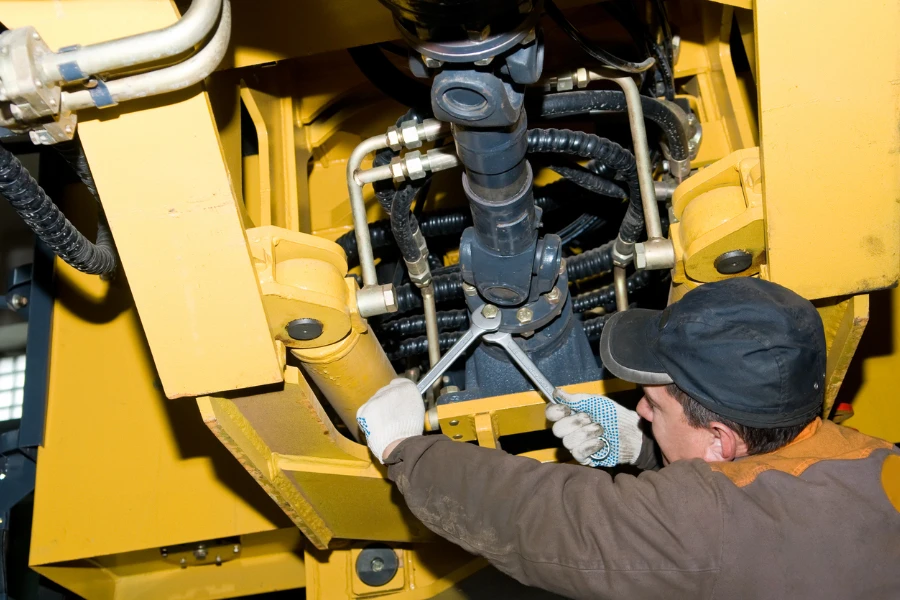
Maintenance and repair is also a crucial factor when choosing a rubber recycling machine. It’s crucial to pick a machine built for simple maintenance and repair to ensure it runs successfully and efficiently for a long time.
In addition to having easily accessible parts and components, a good machine should also have detailed maintenance and repair instructions. The manufacturer’s warranty, technical assistance, and replacement component availability should also be considered.
A simple machine to maintain and repair can save downtime, lower maintenance and repair costs, and increase machine longevity.
Energy efficiency
The machine’s energy efficiency can significantly impact the production cost of recycling rubber. Therefore, businesses should choose energy-efficient rubber recycling machines to reduce operating costs and carbon footprint.
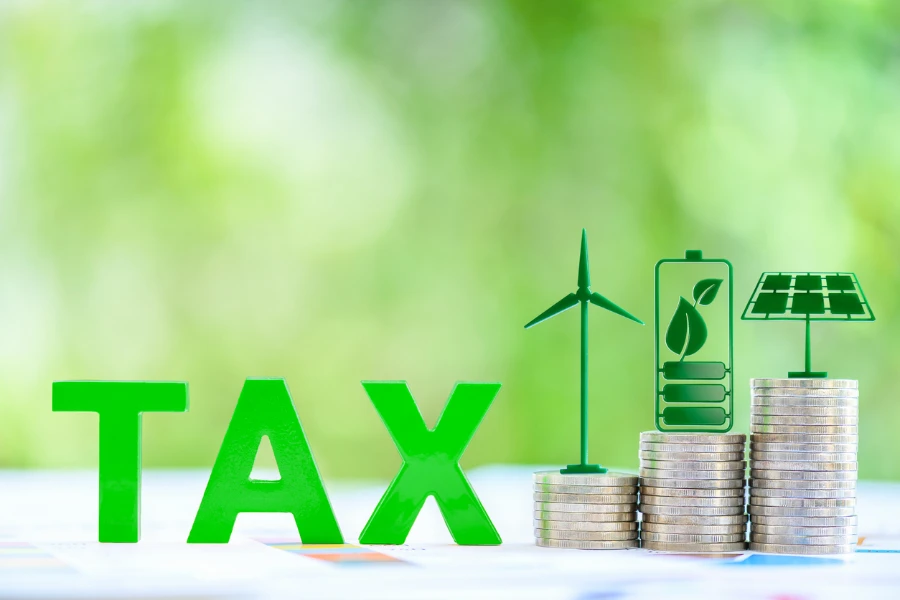
In order to make sure that the machine is compatible with your current electrical infrastructure, you need also take into account the electrical specifications of the machine, including its voltage and power requirements.
Output size
The output size is another important factor when choosing a rubber recycling machine. Pick a machine that produces an output size suitable for your intended use—further processing, resale, or another application.
Take into account the machine’s specifications, such as the recycled rubber’s size and shape as well as its quality consistency. In contrast to others, some machines may produce finer and more quality rubber. Therefore, consider any additional processing required to achieve the desired output size and shape.
Type of rubber
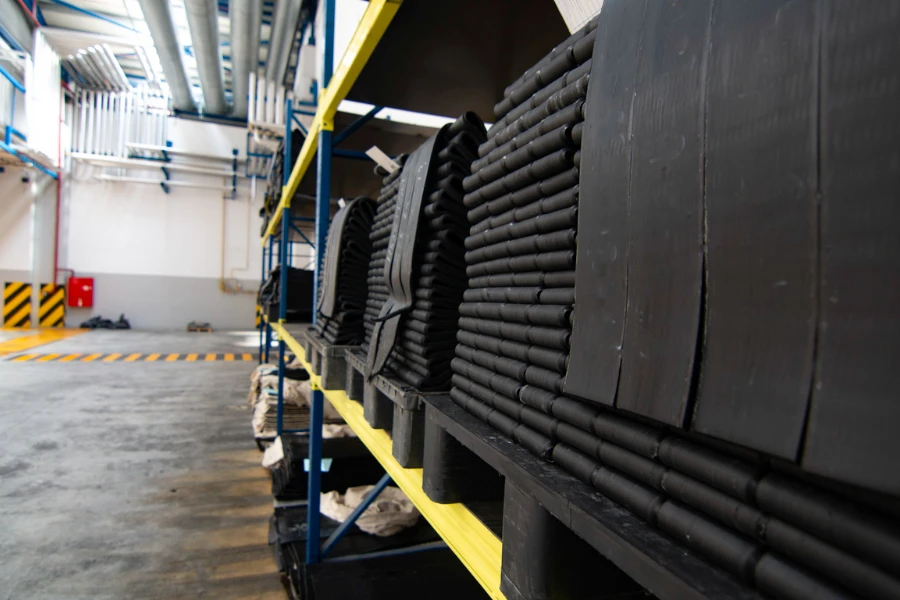
Generally, there are two types of rubber: Natural and synthetic. Luckily, both of them are recyclable. When buying a rubber recycling machine, ensure it is compatible with the rubber you will use.
Types of rubber recycling machines
Here are the main types of machinery used in rubber recycling:
Tire shredders
Tire shredders are powerful machines capable of repeatedly tearing apart some of the most rigid rubber recycling material.
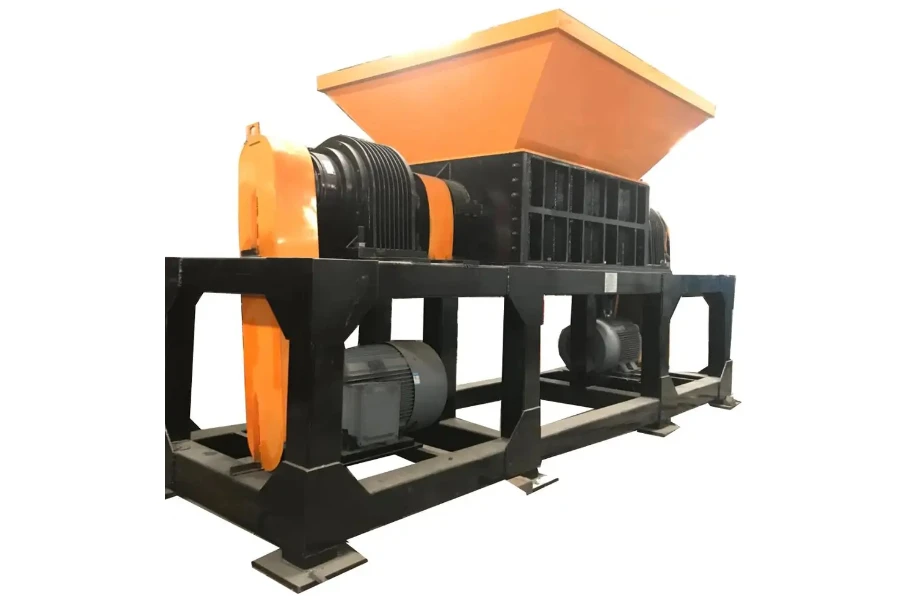
The rubber is broken down at each stage into tinier and tinier pieces. The rubber produced at each step can be used in varying applications.
Pros:
- Reduces rubber waste volume
- Increases efficiency in a business as it does not have to hire external shredding services
Cons:
- Increased risk of injury
- Noise pollution
Tire grinders
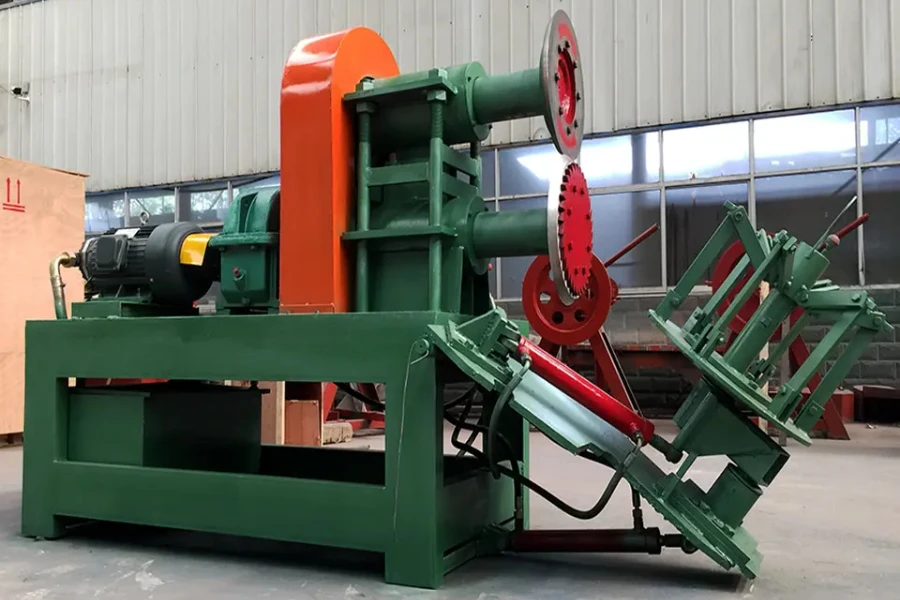
Tire grinders are powerful equipment that reduce tires to rubber powder. Rubber powder is essential in many applications, including processing molded plastic and paint additive rubber.
Pros:
- Saves disposal cost
- Saves time
Cons:
- It can only be used to produce rubber powder that has large particles
Tire crushers
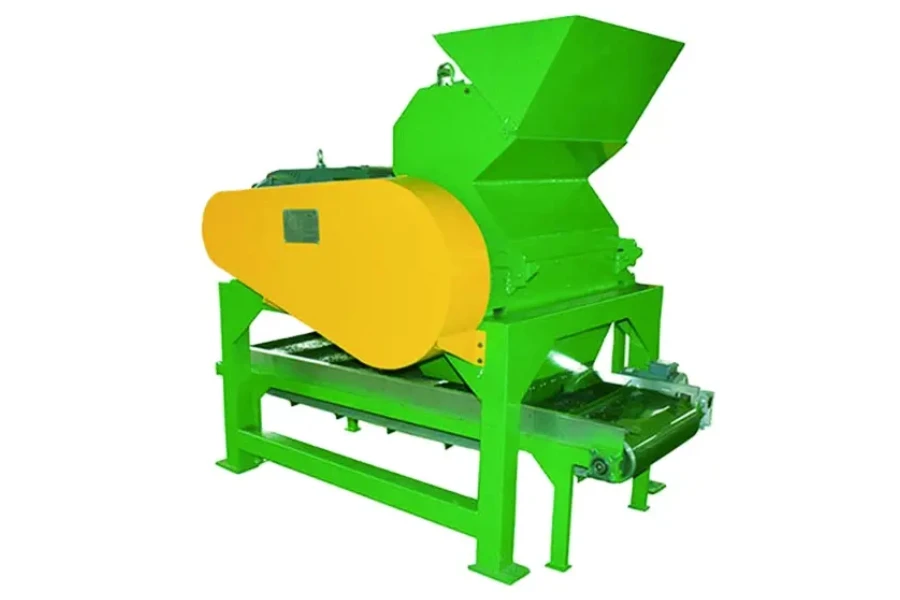
Tire crushers are similar to tire grinders as they both produce rubber powder. However, tire crushers produce a finer variety (5 – 60 mesh), while tire grinders have a less fine texture of 30 – 120 mesh.
Pros:
- They produce rubber powder with the smallest particles
- They reduce the amount of rubber that ends up in landfills
Cons:
- It is difficult to find models that save a significant amount of energy.
Conclusion
Owing to increased environmental conservation efforts, the rubber recycling industry has grown. As a result, several businesses have invested in rubber recycling as a new source of income. Before buying a rubber recycling machine for your business, consider the tips mentioned in the article above. To learn more, and to browse listings of rubber recycling machines available on the market, head to Alibaba.com.
